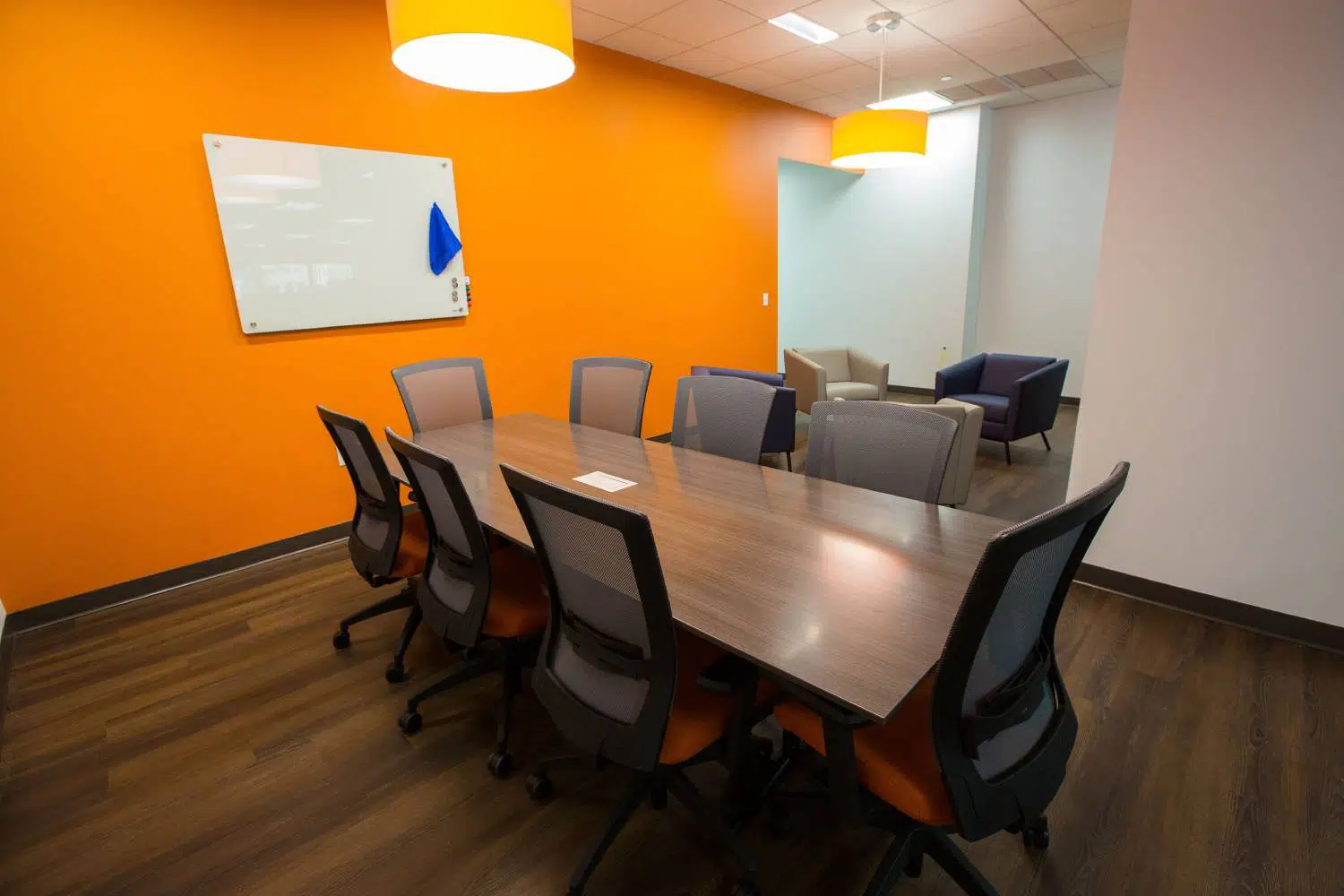Color can add vibrance to any environment. Selecting hues with specific emotional resonance will set the stage for your customers and set an overall atmosphere of relaxation.
Scientific investigation of color and psychological functioning remains in its infancy, yet recent theories from evolutionary psychology, emotion science, retinal physiology, person perception and person percep- tion continue to build upon each other and remain incomplete.
Choosing the Right Space
No matter if your brand is targeting a younger demographic or looking to build customer trust, colors play a critical role. Understanding their psychological effects will help your brand stand out from competitors while communicating the right messages.
Over the past decade, color research on psychological functioning has experienced tremendous momentum, leading to advancements both theoretically and empirically. Yet significant gaps exist within current literature that need addressing for further advancement of this field. First off, current theoretical work often is highly specific and narrow in focus, going against basic scientific principles like blinding to condition, participant seclusion from other colors exposure, controlling intensity duration/cycle control etc and leading to inaccurate interpretations and unreliable interpretations.
Creating the Right Ambiance
Color plays an integral part in setting the right atmosphere, from how customers perceive your brand to its influence on buying decisions. Color psychology studies how colors affect perceptions and emotions.
Color has many specific psychological associations and meanings for different individuals depending on culture and experience; yellow may bring feelings of optimism or cheerfulness, yet also can elicit anxiety in some.
Understanding the psychology of color when designing an online store is vitally important. Utilize popular color meanings to draw customers in. Red is associated with passion and danger but can also serve as an energizing and stimulating color; use this hue when calling attention to important parts of your store or when placing calls-to-action or drawing attention elsewhere. Conversely, green symbolizes health, wealth and nature – ideal choices for banner images or logos.
Deliberating Your Customer Experience
Aesthetics play an integral part of any brand. From the colors used in your logo design to how your online store is organized, the choice of hue can influence customer perceptions of your business and how customers experience your services or products.
blue is often associated with stability, harmony, peace and trust – which explains why many brands use this hue in their logos or on websites that promote trust like banks or ecommerce stores.
People throughout history have long been amazed by the power of color to influence our moods and feelings. Ancient Egyptians used color for spiritual practices while Chinese and Greeks utilized it for medicinal treatments of various illnesses. Today we know what each hue does to us individually, enabling us to use this information to create the ideal ambiance.
Deliberating Your Taste Journey
Color can have a huge effect on our moods and eating patterns, even without us realizing it. Color Psychology studies this connection between colors and emotions and behaviors and their use in wellness routines and branding decisions such as product packaging or logo designs.
Green can evoke feelings of nature and growth, which is why many financial services, organic food brands and health-related businesses utilize this color in their marketing materials. Brown symbolizes security, stability and approachability – qualities associated with UPS delivery services who use brown as part of their logo and homepage banner images.
Note that colors’ associations can change over time, so it is essential to explore their history before using it for branding efforts in your own business. By knowing more about its history, the more effective your branding efforts may become.

